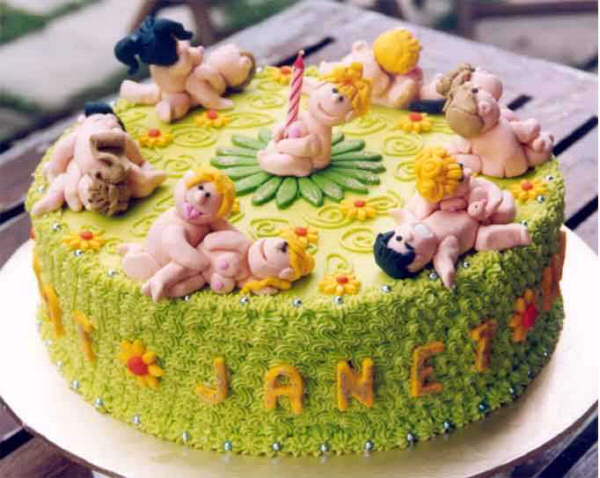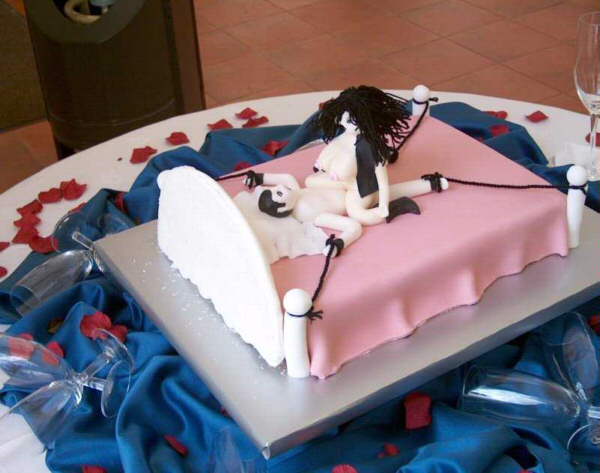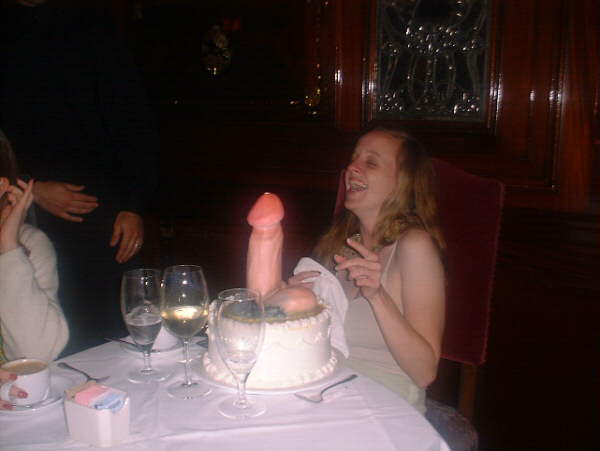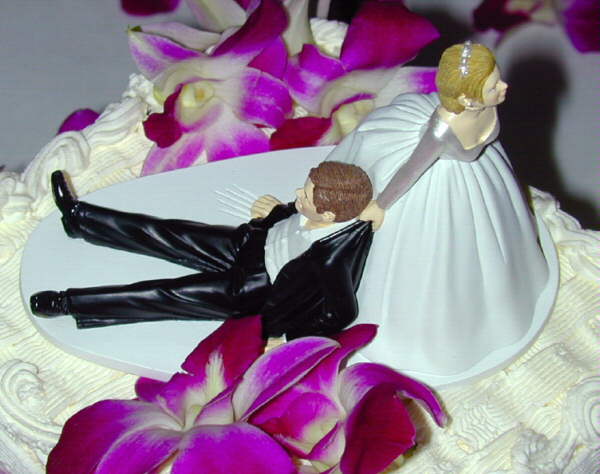Here's a great article about iridescence in meats.
The article is by Erwin Waters.
I was looking for this after coming to terms with the "condition" while trying to make a cold cut sandwich :)
Iridescence in meats, specifically beef, can be detected in some of the muscle tissues of some animals before and after rigor mortis. It is most common in the muscles comprising the round, navel and brisket.
The type of light and the angle of the light reflecting off the muscle will have an effect on the visual brightness of the various iridescent colors. The most common color is an iridescent green, with the next most common color an iridescent orange-red.
Very limited research has been done on the iridescence in both raw and cooked beef, and that which was conducted did not lead to any specific causes or conclusions. There has been no specific proof, or even connection, between the usage of phosphates and the appearance of the iridescent areas in the muscles of cooked cured or uncured meats.
Once iridescence is present in a muscle, it can not be removed with any of the processes commonly used for the preparation and cooking of solid muscle meats.
Due to the fact that the iridescence is directly associated with the reflectance of light from the meat surface, the color of the meat, it's surface condition, the type of light reflecting from the surface and the angle at which the light is hitting the surface, the condition of the meat will have an effect on the intensity of the iridescence. Smooth surfaced meats will show iridescence more vividly than meats with rough surfaces, and dark colored meats will reduce the intensity.
It is primarily for these reasons that cooked cured meats, whose color is brighter than uncured meats, will show the iridescence more vividly. The addition of phosphates to curing solutions enhances moisture retention, which allows the surface of the meat to retain a smoother texture. Tumbling of the meats after injection or marinading, releases a sufficient amount of proteins, which fills the voids between muscle fibers, increasing reflectance and thus increasing the intensity of the iridescent.
Cooking to higher temperatures, or for longer periods of time, will soften the connective tissue, increase moisture losses and cause the muscle fibers to shrink. When the meat is cut with a knife, or slicer, the surface of the meat will not be as smooth, decreasing it's reflectance, which in turn reduce the intensity of the iridescence.
Even though iridescence is a natural occurring factor, and does not effect the quality or the palatability of the meat, it is not acceptable to the consumer, and the consumer perceives the iridescent colors as spoilage, primarily because of the greenish hues. Meat muscles that have a structure in which the muscle fibers run parallel to each other and need to be sliced perpendicular to the length of the muscle fiber, will show the iridescence more vividly than those meats whose muscle fibers run in various directions to each other, and which can be sliced at an angle or parallel to the direction of the muscle fiber.
Present merchandising, primarily for product cost, demands that many of the processes that enhance the reflectance of the meat surface, need to be included in the process. Eliminating those meat pieces that show iridescence before they are processed is an almost impossible task, many pieces of meat in which iridescence was not noticeable when in the raw state, will end up showing iridescence after processing and slicing.
At the present time there does not seem to be an acceptable solution to this problem. Due to the fact that under usual circumstances iridescence is only apparent in a few pieces of meat in a processing batch, additional cooking, with the additional cooking losses, would be more costly than having to accept returns of pieces that show the iridescence very vividly.
Even though it has not been determined if handling practices during or after slaughtering has any effect on the possibility of iridescence, periodically meats from some packing houses seems to present this problem more often. If iridescence is a major problem, or tends to increase, it is suggested that comparisons be tested on meats from other sources. If a change in processing was instituted, which includes a change in non-meat ingredients used in the brine, and iridescence increases, and if more than one change was made at one time in the process, to determine which change in the process could be responsible, tests should be conducted with each change separately applied.
There is no magic cure, the best that can be done is to minimize the problem with the suggestions given.









